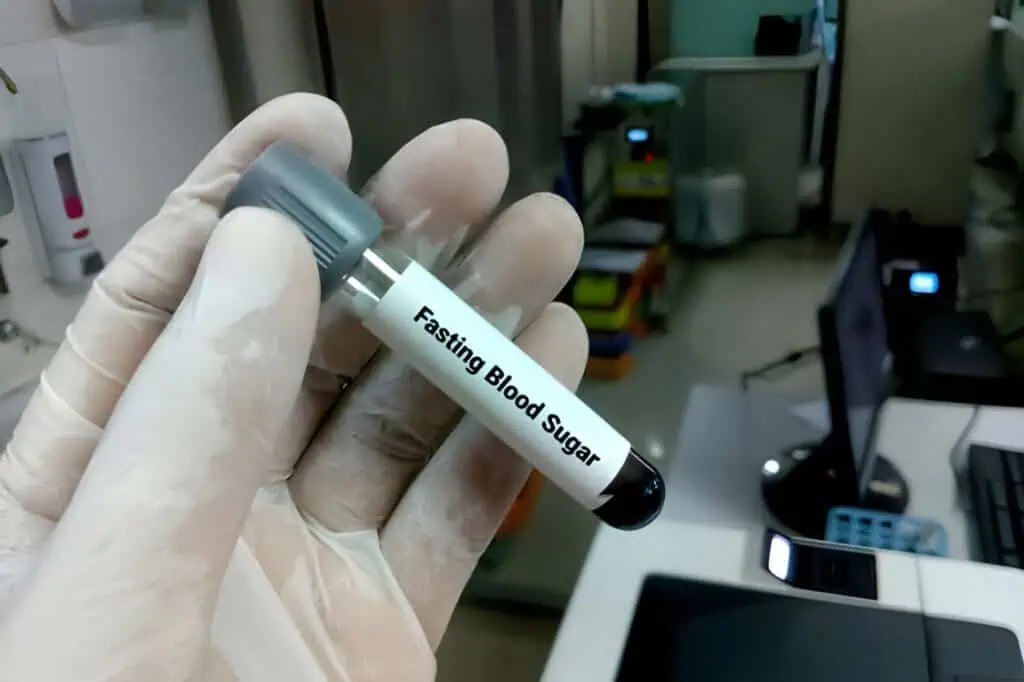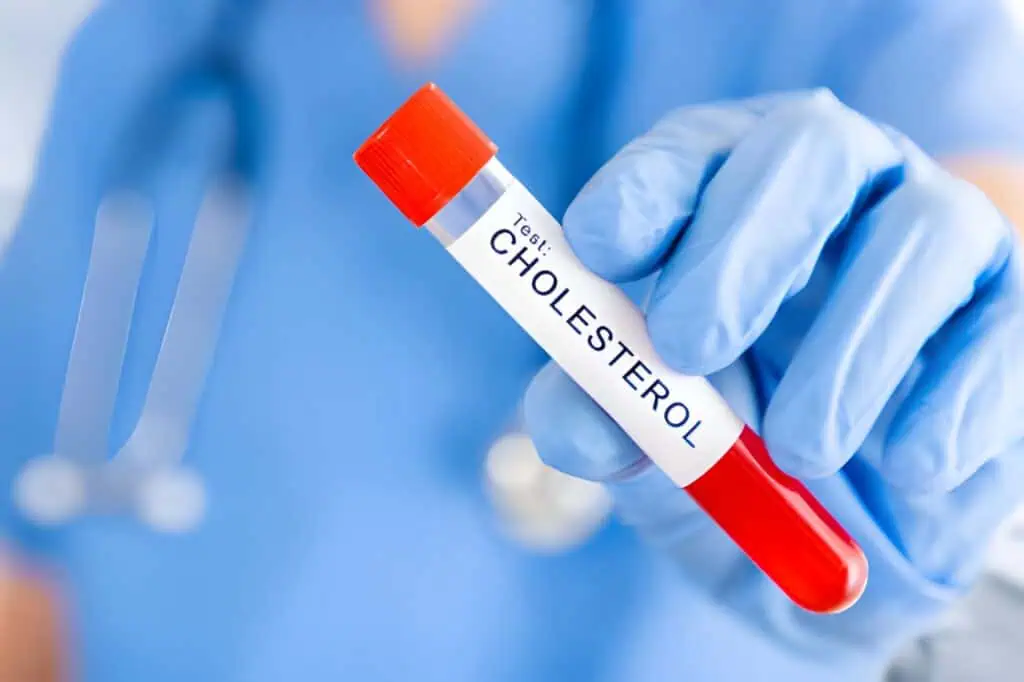Laboratory tests, often simply called lab tests, are a cornerstone of modern healthcare, providing critical insights into a patient’s health status. These tests analyze samples such as blood, urine, tissue, or other bodily fluids to detect diseases, monitor conditions, and guide treatment decisions. In the United States alone, approximately 14 billion clinical lab tests are performed annually, making them one of the most utilized medical services. This staggering number underscores their ubiquity, nearly every medical encounter involves some form of lab testing, from routine check-ups to emergency diagnostics.
Patients often receive lab results with little explanation, leading to confusion or anxiety. Understanding what these tests entail empowers individuals to engage actively in their healthcare, spot potential errors, and make informed decisions. For instance, knowing that a “normal” result might not always mean everything is fine due to factors like reference ranges or false positives can prevent unnecessary worry or prompt further questions. This article explores key aspects patients should know: types of tests, preparation, interpreting results, common tests, rights and access, advances in technology, and practical tips. By demystifying lab tests, patients can transform from passive recipients to informed partners in their health journey.
Types of Lab Tests and Their Purposes
Lab tests fall into several categories, each serving distinct purposes. Blood tests are the most common, used to assess overall health, diagnose conditions, or monitor treatments. They measure substances like cells, chemicals, proteins, or hormones in the blood. Urine tests evaluate kidney function, detect infections, or screen for substances like drugs or glucose. Tissue biopsies examine cells for cancer or other abnormalities, while imaging-related labs, such as those for radiology contrast agents, support diagnostic imaging.
Diagnostic tests confirm or rule out specific conditions, like a troponin test for heart attacks. Screening tests, such as cholesterol panels, identify risks in asymptomatic individuals. Monitoring tests track chronic diseases; for example, HbA1c levels guide diabetes management. Prognostic tests predict disease outcomes, and pharmacogenomic tests determine how genes affect drug responses.
Not all tests are equal in complexity. Basic ones like complete blood counts (CBC) are routine, while advanced molecular tests, such as PCR for genetic mutations, require specialized labs. Understanding the type helps patients anticipate what to expect, blood draws are quick, but stool or 24-hour urine collections demand more effort.
Preparing for Your Lab Test: Steps to Ensure Accuracy

Proper preparation is crucial for accurate results, as factors like diet, medications, or timing can skew outcomes. Many tests require fasting, meaning no food or drink (except water) for 8-12 hours beforehand. This is common for glucose, lipid panels, or certain hormone tests, as eating raises blood sugar or fat levels. For instance, a fasting blood glucose test might be inaccurate if you had breakfast, potentially leading to a misdiagnosis of prediabetes.
Hydration is key drink water unless instructed otherwise, as dehydration concentrates blood components, affecting results like kidney function markers. Avoid strenuous exercise before tests like creatine kinase (CK) assays, which measure muscle damage, as workouts can falsely elevate levels.
Medications and supplements can interfere; inform your provider about everything, including over-the-counter items. Blood thinners might need pausing for coagulation tests, while vitamins like biotin can falsely alter thyroid or hormone results. For urine tests, midstream collection minimizes contamination, and for stool tests, avoid certain foods like red meat that mimic blood.
Timing matters too—hormone tests like cortisol vary by time of day, so morning draws are standard. If you’re pregnant or menstruating, note it, as these affect results like iron levels. Children may need special preparation, such as distraction techniques during draws. Always confirm instructions with your lab or doctor; sites like Labcorp or Quest provide checklists. Poor preparation can lead to repeat tests, delaying care and increasing costs.
Interpreting Lab Results: Beyond the Numbers
Lab results aren’t black-and-white; they require context. Most include a reference range a set of values based on healthy populations, typically the central 95% of results from similar individuals. For example, normal hemoglobin is 12-16 g/dL for females and 14-18 g/dL for males. Values outside this might flag issues, but “abnormal” doesn’t always mean disease age, sex, ethnicity, or altitude can influence ranges.
False positives and negatives are realities. A false positive indicates an absent condition, often when disease prevalence is low; for rare conditions, even a 95% accurate test might yield more false positives than true ones. Conversely, false negatives miss real issues, like in early pregnancy tests. Lab errors contribute: up to 73% of total testing process errors are preventable, from ordering to reporting. Sensitivity (true positive rate) and specificity (true negative rate) measure accuracy; a test with 90% specificity might falsely flag 10% of healthy people.
Results may show “positive,” “negative,” or “inconclusive.” Positive means the marker was detected, but confirmation might be needed. Trends matter more than single values serial tests reveal patterns, like rising PSA suggesting prostate issues. Always discuss with your doctor; patient portals provide access, but interpretation requires expertise. Misreading can cause undue stress—elevated liver enzymes might stem from medication, not disease.
Common Lab Tests: What They Reveal and Why They’re Ordered

Several tests are staples in healthcare. The Complete Blood Count (CBC) assesses red cells (for anemia), white cells (infection), and platelets (clotting). Abnormalities might indicate leukemia or nutritional deficiencies.
Basic Metabolic Panel (BMP) checks electrolytes, glucose, and kidney markers like BUN (8-23 mg/dL) and creatinine. It’s vital for diabetes or dehydration detection. The Comprehensive Metabolic Panel (CMP) adds liver enzymes like ALT and AST; elevations suggest hepatitis or drug toxicity.
Lipid Panel measures cholesterol: total (<200 mg/dL desirable), HDL (>60 mg/dL protective), LDL (<100 mg/dL optimal), and triglycerides (<150 mg/dL). High levels predict heart disease risk.
Thyroid Panel evaluates TSH (0.4-4.0 mIU/L), T4, and T3 for hypo/hyperthyroidism, affecting metabolism. Cardiac Biomarkers like troponin detect heart attacks, while CRP measures inflammation.
Blood Chemistry Tests assess organ function; calcium (8.5-10.2 mg/dL) checks bones and nerves. Coagulation tests like PT/INR monitor blood thinners. Knowing these helps patients understand orders—for example, a D-dimer rules out clots.
Patient Rights: Access, Privacy, and Advocacy
Under HIPAA, patients have robust rights regarding lab results. You can access your protected health information (PHI), including test reports, within 15-30 days of request, often via portals. Labs must provide copies in your preferred format, with fees limited to reasonable costs.
The Right of Access includes amending inaccurate results—request corrections if errors occur. Privacy is paramount: labs can’t share results without consent, except for treatment, payment, or operations. Breaches, like unauthorized disclosures, can lead to fines.
The CLIA-HIPAA rule allows direct patient access to reports without physician intermediaries, within 30 days. In 2025, enforcement emphasizes timely access; delays trigger investigations. Advocate by questioning unclear results or seeking second opinions. If denied access, file complaints with HHS.
Advances in Lab Testing: What’s New in 2025

Lab technology is evolving rapidly. In 2025, AI and automation top trends, enhancing accuracy and speed. AI analyzes data for patterns, reducing errors in pathology. Digital pathology, with cost drops, enables remote reviews.
At-home testing surges: FDA-regulated kits for STDs, sleep apnea, or genetics offer convenience. Point-of-care devices provide instant results, like smartphone-linked glucose monitors.
Precision medicine integrates genomics; tests like liquid biopsies detect cancer early via blood. IoMT connects devices for real-time monitoring. These advances promise faster diagnoses but raise data privacy concerns.
Myths, Misconceptions, and Practical Tips
Myth: All abnormal results mean serious illness. Reality: Many are benign or transient. Myth: Labs are infallible. Up to 5% of results might be false due to variability.
Tips: Keep records of past results for trends. Ask about risks like bruising from draws. If anxious, request numbing cream. Use resources like Testing.com for explanations. Follow up promptly—delays can worsen conditions.
Conclusion
Lab tests are invaluable tools, but knowledge is key to maximizing their benefits. From preparation to rights, patients equipped with information can navigate healthcare confidently. As technologies advance, staying informed ensures you leverage these tools effectively, fostering better health outcomes.














